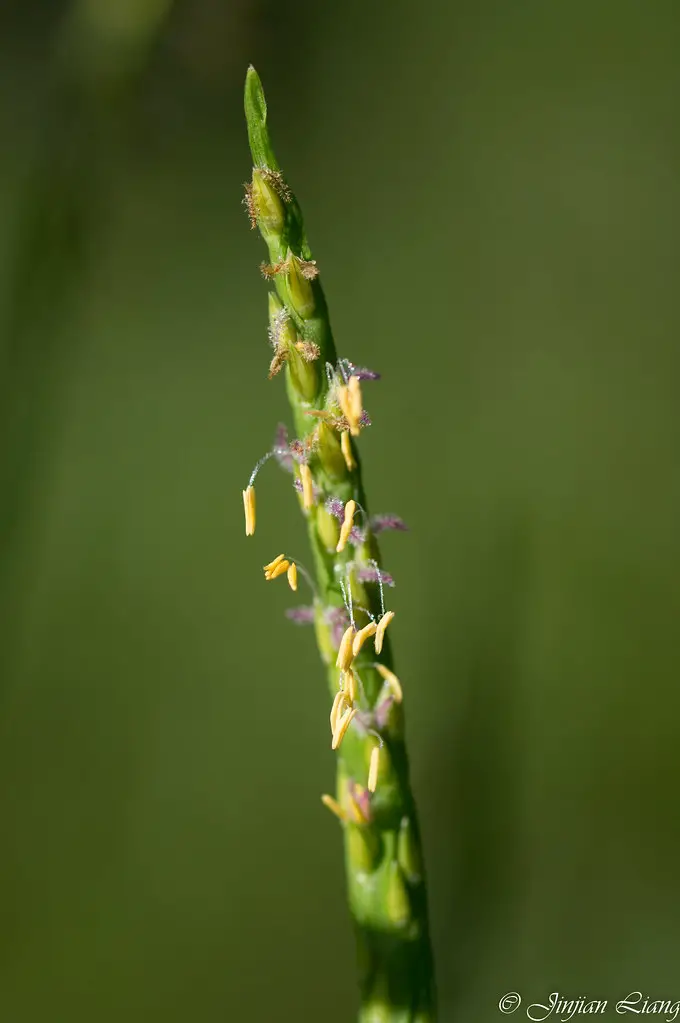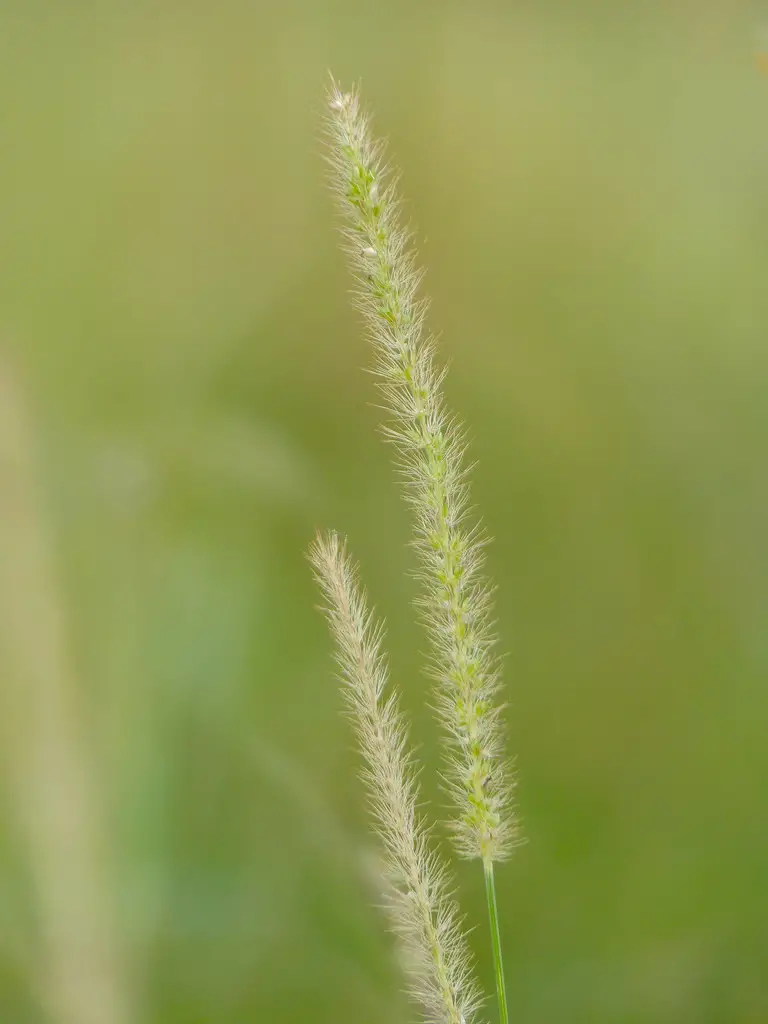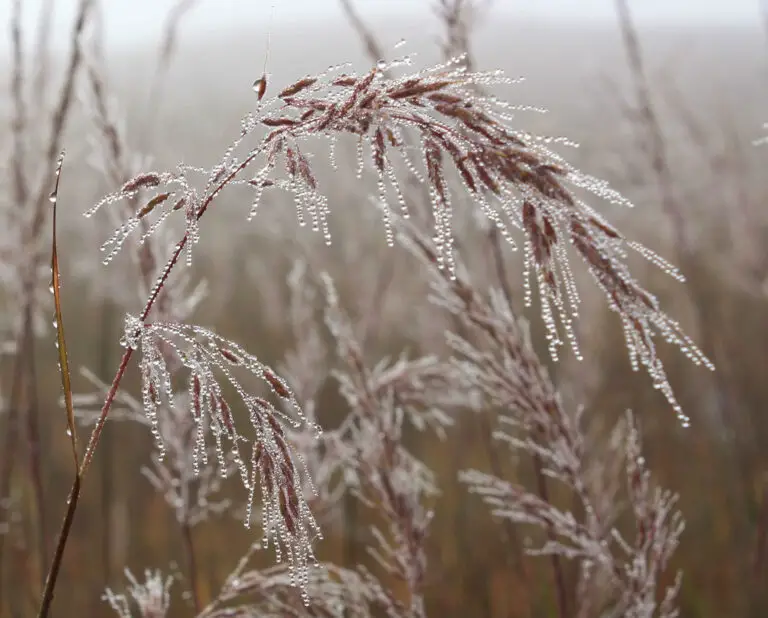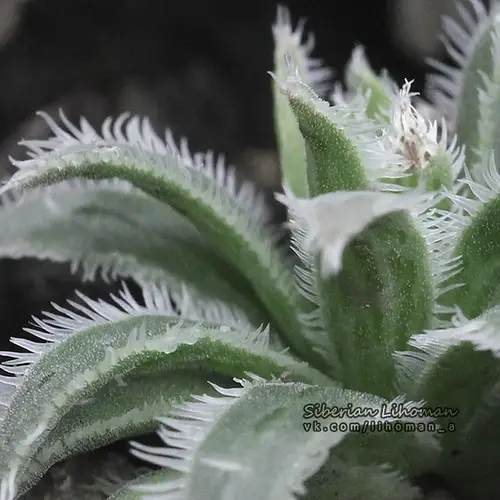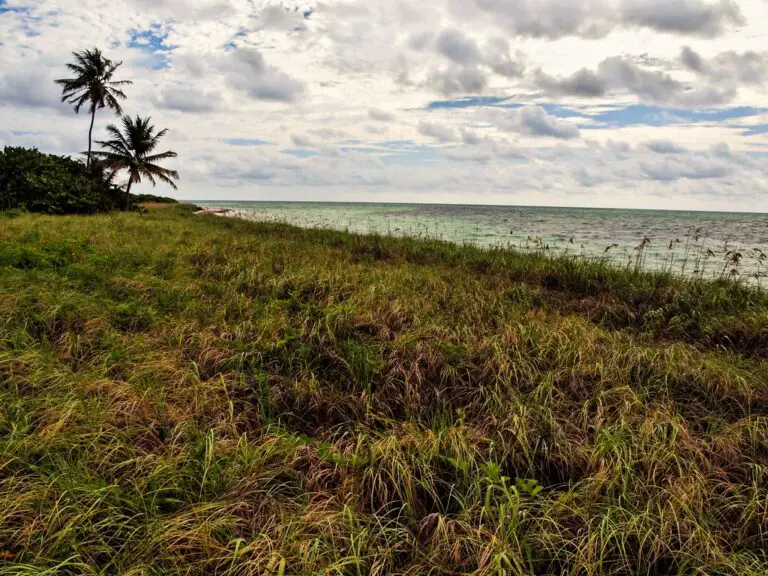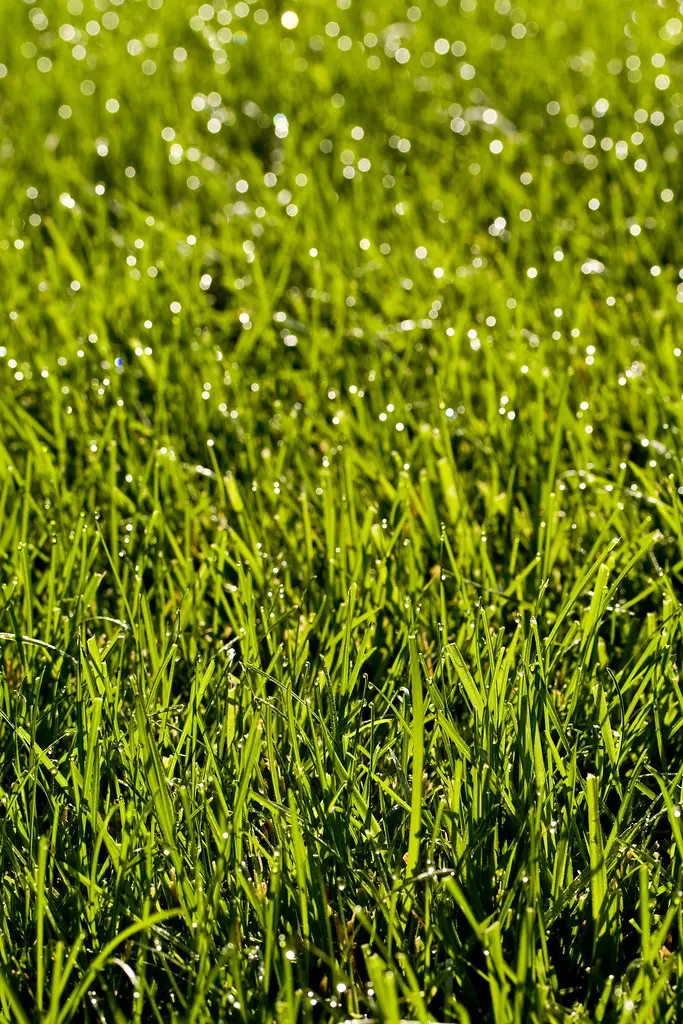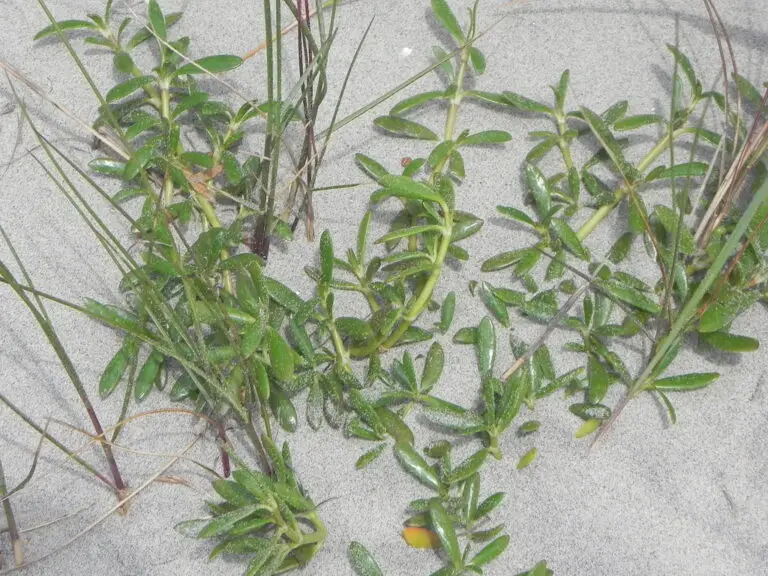Basking in the Sunshine: St. Augustine Grass for Garden Enthusiasts
For garden enthusiasts, nothing delights the senses quite like a well-manicured green expanse softly meeting the horizon. It’s the luscious carpet underfoot that anchors any garden design, and among the options available, St. Augustine grass stands as a resilient yet elegant choice. In this post, we’ll explore why St. Augustine grass is capturing the hearts of garden enthusiasts far and wide, and provide insights into nurturing this verdant gem in your own slice of green heaven.
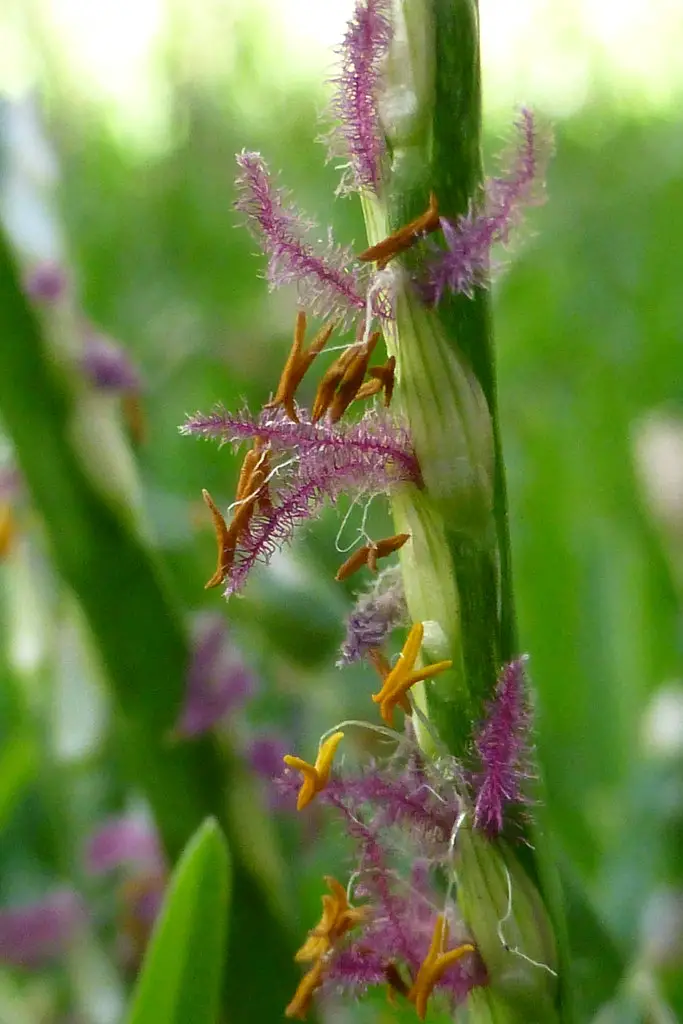
Section 1: Understanding St. Augustine Grass
St. Augustine grass (Stenotaphrum secundatum) is a warm-season turfgrass known for its broad, flat blades and rich emerald hue. Originating from the sandy shores of the Gulf of Mexico and the Mediterranean, it’s a grass species perfectly evolved for a blend of hardiness and beauty. Its appeal to garden enthusiasts lies in its ability to create a vivid garden canvas, even in some of the most challenging garden environments.
The Charm of St. Augustine
St. Augustine’s allure encompasses more than just its aesthetics. This grass variety flourishes in sun-drenched locales, making it the ideal choice for gardeners in coastal areas or those who simply want to capture a little of that beachside tranquility in their backyard. Its dense growth pattern naturally suppresses weed invasion, reducing the need for chemical management.
Furthermore, St. Augustine grass is renowned for its rapid spread, effectively covering bare spots and reducing the establishment of competing plants. Here’s a detailed look at why it’s an impeccable choice for your outdoor oasis.
Section 2: Benefits of St. Augustine Grass
St. Augustine grass wears a crown of advantages that make it a crown jewel in any garden.
Lush Appearance Year-Round
St. Augustine grass maintains its rich, green color throughout the growing season, standing firm and lush in the face of both heat and drought. Its medium texture gives it an almost luxurious feel, and once established, it provides a uniform cover unparalleled in its aesthetics.
Shade Tolerance for Versatile Landscapes
In the often-shady world of garden design, St. Augustine grass shines. Unlike some other warm-season grasses, it thrives in partially shaded areas, creating opportunities for gardeners to utilize spaces that might otherwise go underappreciated. This quality is particularly treasured in urban gardens and residences surrounded by tall structures that can limit sunlight exposure.
Low Maintenance, High Satisfaction
One of the greatest boons for garden enthusiasts is the grass’s low upkeep requirements. St. Augustine grass does not demand constant attention, yet it rewards gardeners with its robust growth pattern and resilience against common diseases. Mowing practices vary slightly depending on the variety, but a general rule of thumb is to maintain it at a height of 2 to 4 inches to encourage the development of a healthy root system.
Resilience Against Nature’s Weeds
Weeds compete with garden plants for water, sunlight, and nutrients. St. Augustine’s vigorous growth allows it to outcompete many weed species, reducing the need for herbicides—a bonus benefit that aligns with many enthusiasts’ desire for eco-friendly gardening practices.
Section 2 focuses on highlighting the distinct benefits that make St. Augustine grass an indispensable addition to a garden enthusiast’s arsenal. These traits position it as a practical and visually appealing choice that can thrive in a variety of settings.
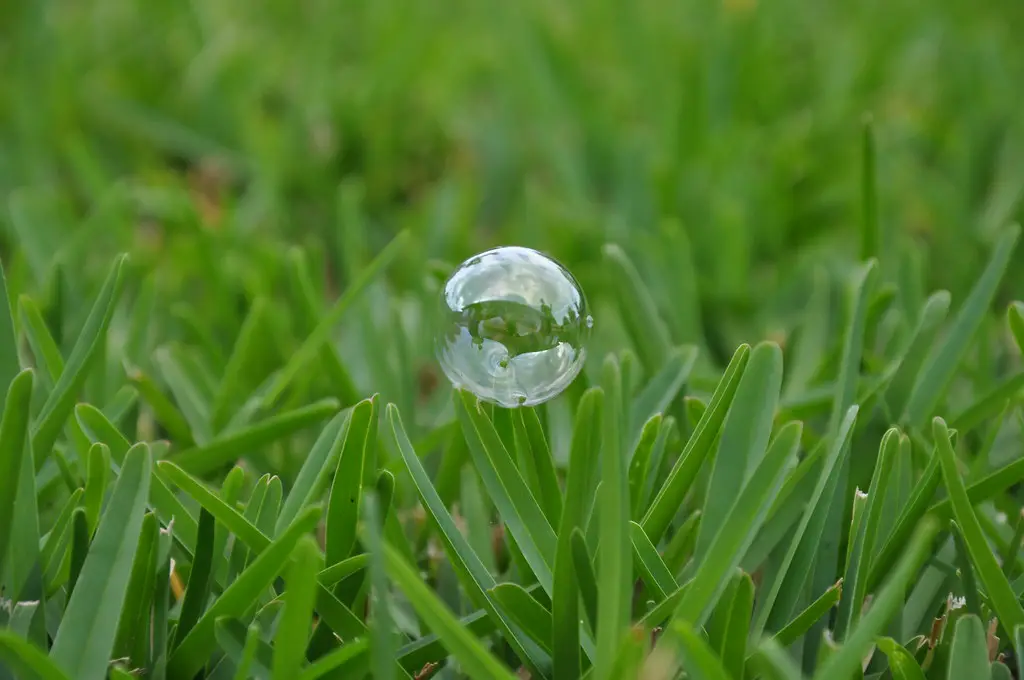
Section 3: Planting and Maintenance Tips
Transforming your garden canvas with St. Augustine grass requires attention to planting practices and ongoing maintenance.
Ideal Growing Conditions
Prior to planting, it’s crucial to prepare the soil adequately. St. Augustine grass prefers slightly acidic to neutral soil with good drainage. Soil preparation methods might include tilling to break up compacted soil, adding organic matter such as compost to improve soil structure, and, in some cases, adjusting the soil’s pH as necessary.
Watering and Fertilization Guidelines
During the establishment phase, which can take several weeks, consistent watering is important. Once established, St. Augustine grass requires approximately an inch of water per week. Fertilization should be more frequent during the growing season, usually done every 6-8 weeks, with the specific fertilizer and application rate dependent on factors such as soil nutrient levels and grass variety.
Mowing and Pest Control
Mowing is a means to maintain St. Augustine’s health while keeping it at an attractive height. The suggested practice is to remove no more than one-third of the leaf blade in a single mowing session. Integrated pest management (IPM) strategies can be employed to deal with potential threats, focusing on prevention and minimizing the need for chemical intervention.
By providing detailed guidance on planting and upkeep, Section 3 prepares gardeners to cultivate a seamless St. Augustine lawn that will thrive for years to come.
Section 4: Design Ideas and Landscaping Tips
It’s not just about the grass; St. Augustine can be the star attraction in a cast of harmonious garden elements.
Incorporating St. Augustine Grass into Garden Layouts
Whether you’re creating a serene backyard retreat or a lively entertainment space, St. Augustine grass can be tailored to suit your vision. Its natural invasiveness into open spaces makes it an excellent choice for open lawns, encompassing large tracts while offering a pleasant, unbroken expanse for the eye to follow.
Companion Plants and Features
The art of landscaping with St. Augustine grass lies in its versatility. It pairs well with a variety of companion plants, from ornamental flowers that add a pop of color to low-growing ground covers that complement its texture. Garden features like pathways and seating areas can be integrated to add both function and flair.
Section 4 provides inspiration for garden design and underscores the synergy that St. Augustine grass can create when paired with the right companions.
Conclusion
St. Augustine grass shines in the garden, offering a blend of resilience, beauty, and ease of care. For garden enthusiasts seeking to create a picturesque outdoor space, it represents an invaluable tool in the gardener’s toolbox. By understanding its benefits, learning how to plant and maintain it, and integrating it into inspired designs, St. Augustine grass can elevate any garden from the ordinary to the extraordinary.

